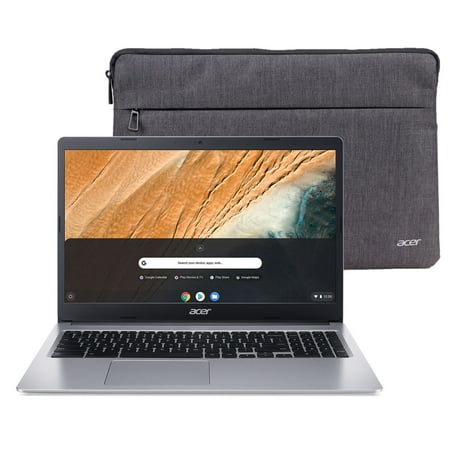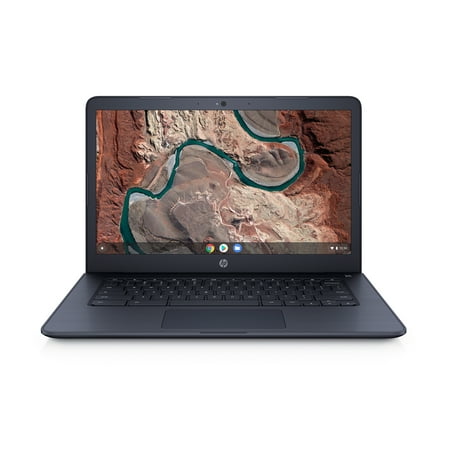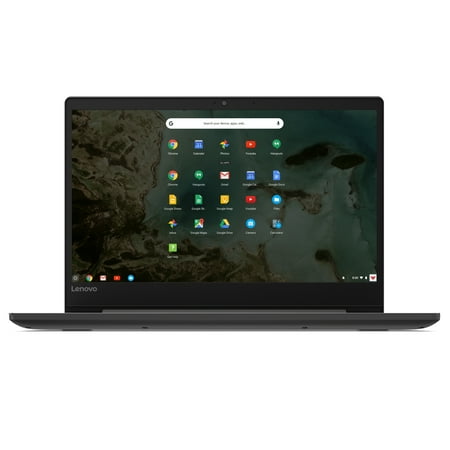HP ZBook Fury 17 G7 Mobile Workstation – Customizable |Intel Processor|9UY32AV_MB
Windows 10 Pro 64. 10th Generation Intel® Core™ i5 processor. 16 GB memory; 256 GB SSD storage. 17.6″ diagonal FHD display. Intel® UHD Graphics.
HP’s thinnest and most powerful 17″ performance mobile workstation packs the relentless power of our ultimate ZBook into a dramatically smaller design. Create, render, edit, and simulate with ease. Visualize complex datasets in the field. Incredible performance has never been so portable.
Unleash the unthrottled power of Z
For the first time ever, get simultaneous, unthrottled performance from the latest Intel® CPUs and pro-grade graphics. Ray trace in the background while working on your next design– This PC thrives on heavy, multi-app workflows.
Built to perform in the field.
At 29% smaller than last gen with even more power, our flagship ZBook delivers extreme performance on the go When compared to HP ZBook 17 G6. And, noise canceling microphones make collaboration easy from anywhere.
HP’s most expandable 17” mobile workstation
Get desktop-level storage and memory with slots for up to 128GB of RAM, and capacity for a 10TB hard drive For storage drives, GB = 1 billion bytes. TB = 1 trillion bytes. Actual formatted capacity is less. Up to 35GB of disk is reserved for system recovery software. Expansion and servicing are simple with tool-free access to removable components and an extensive port selection for critical accessories.
Color accuracy to match the highest standards.
Deeper blacks. Brighter whites. Full spectrum precision. With a billion on-screen colors One-billion colors through A-FRC technology, 100% DCI-P3 coverage and HDR capability, our groundbreaking DreamColor technology gives you complete confidence in your color with long-lasting battery life.
Additional information
| Operating system | Windows 10 Pro 64 – HP recommends Windows 10 Pro for business |
|---|---|
| Base features | ZBook Fury 17 G7 with Intel® Core™ i5-10300H processor + Intel® UHD Graphics + WWAN available ( 26F41AV ) |
| Processor | Intel® Core™ i5-10300H processor (2.5 GHz, up to 4.5 GHz with Turbo Boost, 8 MB cache, 4 core |
| Out-of-Band management | No AMT vPro™ Technology Supported |
| Display | 17.3" diagonal FHD LED UWVA Anti-Glare Ambient Light Sensor (1920×1080)(300 Nits) |
| Webcam | No Webcam |






by Andy
I’ve used Toshiba Tecra’s since about ’97. My last (a W-50) lasted me 6 years, but this HP ZBook Fury 17 G7 is better in every way I can imagine. Brighter, clearer screen. Twice as many cores which can operate at over twice the clock rate. ECC memory. 3.5TB of PCIe M.2 NVMe TLC SSD. Much better battery life. The fan only comes on rarely (in comparison with the Tecras). The sound is very good (compared to mediocre on Tecras),
I’m quite pleased.
by Shanne
Setup was easy. Performance has been great. Expandability, can have 4 internal PCIe, NVMe-3×4 drives. can support 128 GB RAM (except Xeon processors ECC memory limit is 64GB). Great selection of high performance Video chipsets. The dream color display has great colors.